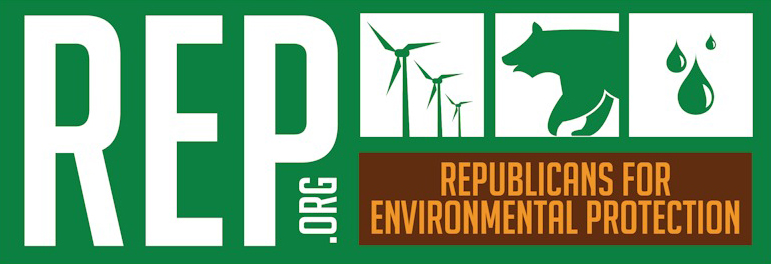REP JOINS THE GREEN SCISSORS COALITION!
AN HISTORICAL DOCUMENT: Originally published in the spring 1997 issue of REP’s The Green Elephant newsletter.
xx
On Feb. 4, REP members all across the country participated in press conferences kicking off the 1997 Green Scissors campaign.
The Green Scissors Coalition began in 1993 as a broad-based group of environmental and taxpayer groups. Its recommendations suggest ways to cut government waste and protect the environment by eliminating subsidies for corporate welfare and polluter pork projects. Adopting all 57 recommendations in this year’s report would save taxpayers $36 billion.
Since 1993, 11 Green Scissors proposals have been adopted, providing a total savings of $22 billion. Support for this campaign is growing. The Green Scissors coalition now includes 23 groups including REP. And in 1996, a number of Representatives formed the Congressional Green Scissors Coalition to build support for fiscal and environmental responsibility.
It’s worth noting that one of REP’s Green Scissors partners, the Concord Coalition, has ranked federal lawmakers on their fiscally-responsible votes. The highest-scoring Republican congressmen in their list, including Rep. Chris Shays (CT), REP’s Environmental Legislator of the Year in 1996, also are among the greenest.
Which just goes to show that REP is right — conservatism and conservation really are two peas in a pod!
A Few Suggested Green Scissors Cuts for 1997
- $2.2 billion in water-wasting irrigation subsidies for agribusinesses with gross annual profits over $500,000;
- $1 billion in below-cost timber subsidies for logging companies that use taxpayer-built roads in national forests;
- $1 billion giveaway (figured at an 8% royalty) to multi-national corporations that extract billions of dollars in minerals from public lands, often causing severe environmental damage;
- $1.7 billion to dump massive quantities of sand onto 33 miles of New Jersey shoreline, ruining habitat for clams and the endangered piping plover;
- $450 million for a huge irrigation and dam project in southwest Colorado, which would critically drain the Animas and San Juan Rivers, violating the Clean Water Act and destroying big game and vital fish habitat;
- $7.5 billion over 5 years to perpetuate a Depression-era subsidy for pesticide-dependent cotton farmers;
- $250 million in subsidized grazing tht harms riparian and other delicate BLM lands;
- $810 million to dam Virginia’s Big Sandy, ruining 11.4 miles of free-flowing river and 869 acres of wildlife habitat;
- $1.25 billion over five years for Army Corps of Engineers’ dams, levees, and dikes that increase flood heights by straitjacketing rivers, eliminating the benefits offered by natural floodplains: filtering runoff, fish and wildlife habitat, etc.
There are 48 other good recommendations, but you get the idea.
Return to REP’S HISTORY, PART I
Return to top of page
